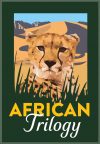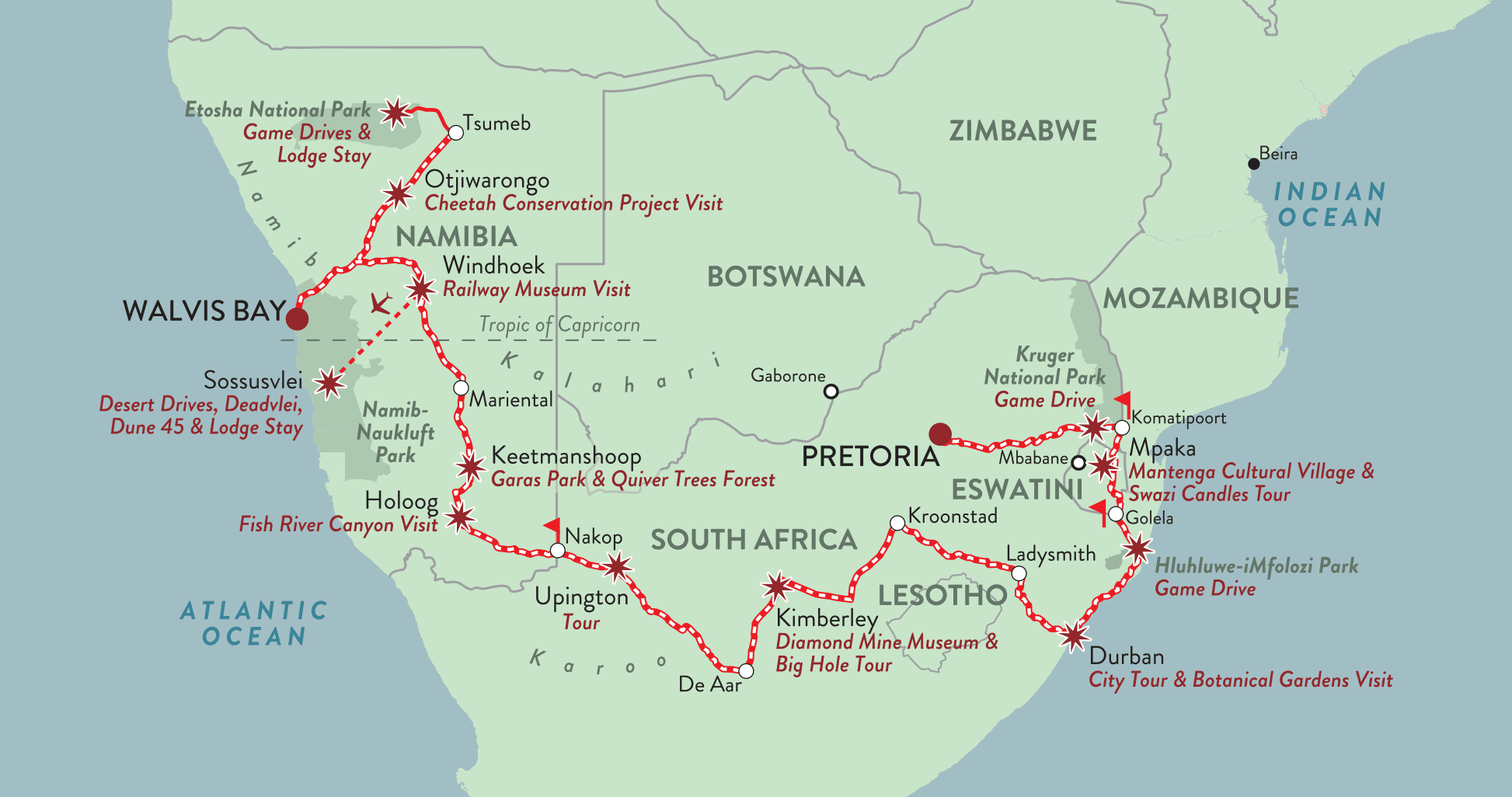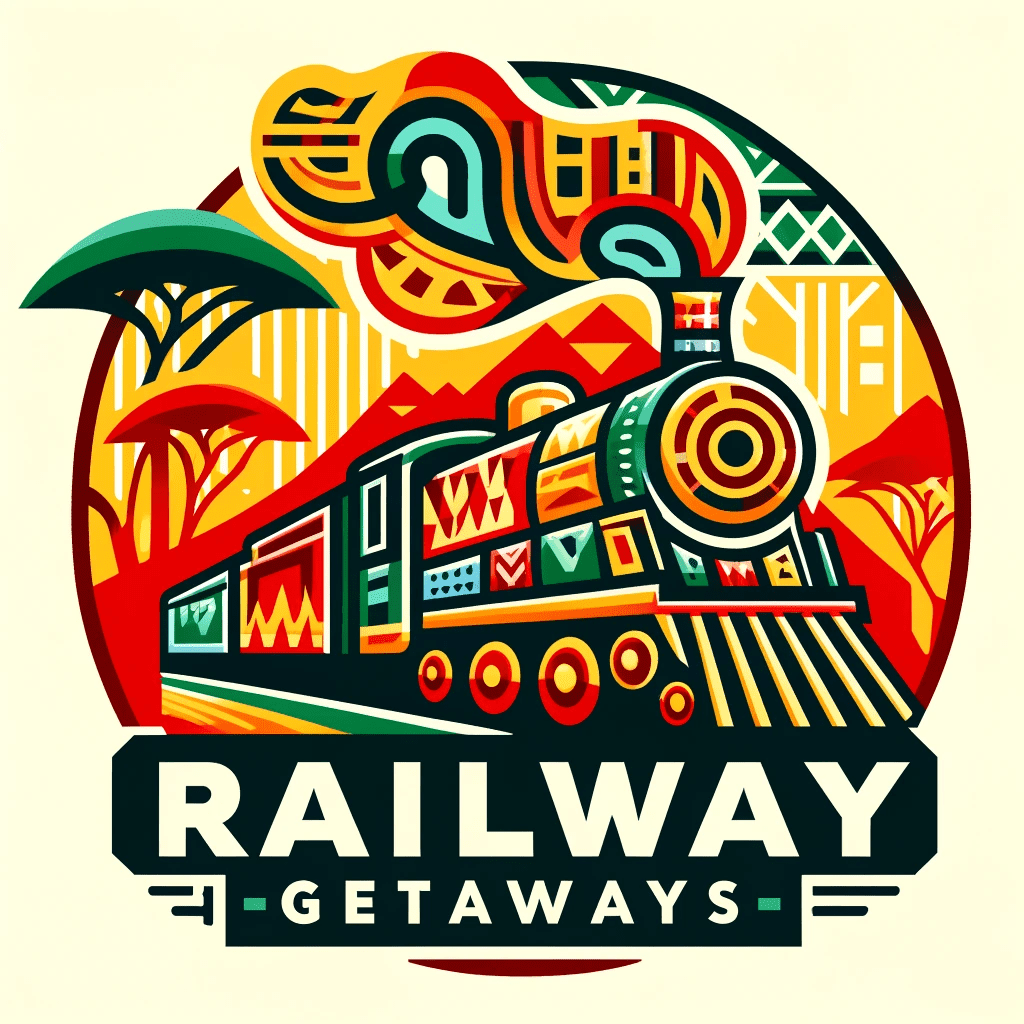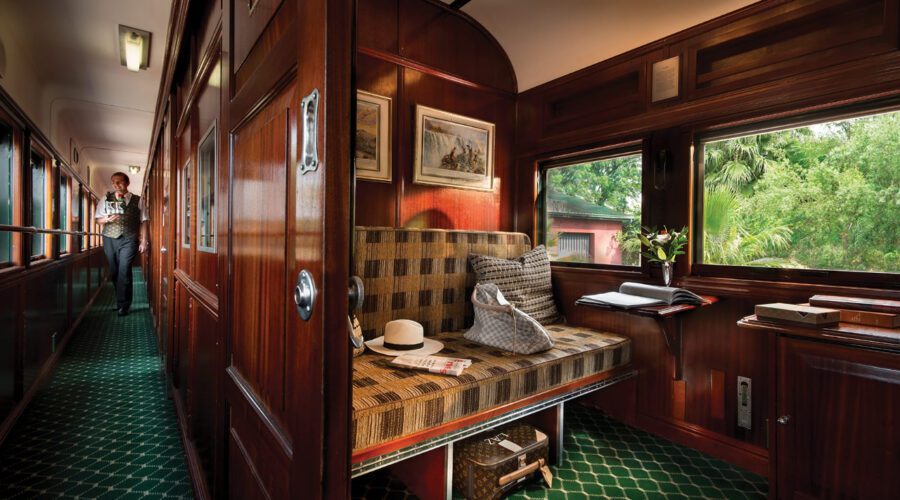A spectacular 15-night meander across the continent from the mountainous east to the deserts of the west

15 NIGHTS • 5000km
Starting in Pretoria, descend the spectacular escarpment to the world-famous Kruger Park for a game drive. Explore the Kingdom of eSwatini followed by a game drive in Hluhluwe wildlife reserve and a tour of Durban and its botanical gardens. Traverse the Valley of a Thousand Hills and the imposing Drakensberg Mountains to visit the 1870s mining village of Kimberley, centre of one of the world’s notorious diamond rushes. Continue through the semi-desert region of the Karoo to Upington and the Fish River Canyon, second in size to the Grand Canyon. Cross the untamed beauty of the Kalahari Desert to see the Quiver trees at Garas Park, home to roughly 300 specimens of the Aloe dichotomy. Take a short flight to Sossusvlei for a lodge stay surrounded by the dramatic dunes of the Namib-Naukluft Park. Enjoy desert drives, a bush dinner and breakfast near Deadvlei where camel-thorn trees contrast against the white-clay pan floor. Visit Namibia’s lively capital, Windhoek, and a cheetah conservation project before overnighting in the game-rich Etosha National Park. Leave the vast stillness of the Namib Desert for the wild Atlantic coast and journey’s end, Walvis Bay.

16:00 DEPARTURE IN OCTOBER • 18:00 DEPARTURE IN FEBRUARY
Please check-in a minimum of one hour before departure. Should you wish to visit our museum or do a site tour at Rovos Rail Station, we suggest arriving two hours prior to departure.
Depart from Rovos Rail Station, Pretoria. Guests may freshen up in their suites before joining fellow travellers in the lounge car or observation car. Please ensure the Train Manager or Administration Deputy is in possession of your passport. It will be returned to you before the end of the trip.
The famous Kruger Park has 2-million hectares of an unrivalled diversity of life forms. It is a world leader in advanced environmental management techniques and home to an impressive number of species, e.g. 336 species of trees, 49 species of fish, 34 species of amphibians, 114 species of reptiles, 507 species of birds and 147 species of mammals including the Big Five.
The tiny Kingdom of eSwatini (Swaziland) covers only 17 000km2, most of which is mountainous. For such a small country, it is surprising that it sustains two capital cities: Mbabane is the administrative capital and Lobamba is the royal and legislative capital. In April 2018, Swaziland changed its name to the Kingdom of eSwatini (meaning “place of the Swazi”) and is an absolute monarchy. It is landlocked and borders South Africa and Mozambique. At Swazi Candles, guests are invited to interact with the artisans as they make a variety of candles. Woodcarvings, colourful textiles and superb basketwork are also on display. Mantenga is nestled in the mountains overlooking ‘Execution Rock’. The village is a living museum of old traditions that represents a classic Swazi lifestyle during the 1850s.
Durban is the third largest city in South Africa and enjoys great importance due to its industry and very large port. Drive along the ‘Golden Mile’ promenade where numerous hotels and restaurants are situated.
The Orange River is the longest river in South Africa (2432km/1511mi). It rises in the Drakensberg Mountains in Lesotho and flows westwards through South Africa to the Atlantic Ocean. It forms part of the borders between South Africa and Lesotho and South Africa and Namibia. Except for Upington, it does not pass through any major cities. Attorney General of the Cape, Sir Thomas Upington was principally responsible for liquidating the business activities of all the Orange River pirates and capturing their leader, Klaas Lucas. When the desperadoes were finally chased away in 1884, the town was founded on the banks of the Orange River and named in his honour.
The Fish River rises in the centre of the country before flowing south into the Orange River on Namibia’s border with South Africa. It has formed the great Fish River Canyon – the largest canyon in the southern hemisphere and probably only second to Arizona’s Grand Canyon in terms of size. The vast rocky landscape breaks up into a series of spectacular cliffs. Its size is impressive: 161km long, up to 27km wide and almost 550m at its deepest.
Please pack a small overnight bag for the stay in Sossusvlei. A tog bag has been placed in your suite
for your convenience. See below for inclusions/exclusions.
The dunes of the Namib Desert were created by sand carried by the wind from the coast of Namibia. The sand here is over five million years old and is red in colour due to its iron-oxide content. As the light changes during the day so does the appearance of the dunes’ characteristic colour allowing for interesting photographs at any time. The wind in the Sossusvlei area blows from all directions causing the sand to form a star shape with multiple arms, hence the name “star dunes”.
Please ensure your overnight bag is ready to be collected from your suite before the drive. Time of drive to be confirmed. Bags will be stored in the lodge’s baggage area before being loaded into the aircraft. An early wake-up call with tea and coffee. Enjoy a desert drive with breakfast in the vlei.
Situated in Namibia’s central highlands, Windhoek is an attractive city surrounded by clusters of hills and the impressive Auas and Eros Mountains. The Trans-Namib Transport Museum outlines Namibian transport history, particularly that of the railway. The Independence Memorial Museum focuses on the anti-colonial resistance and the national liberation struggle of Namibia.
Please pack a small overnight bag for the stay in Etosha.
Etosha National Park (22270km2) offers great game viewing. It gets its name from the Etosha Pan (4760km2), a large salt pan forming part of the Kalahari Basin. Etosha means ‘Great White Place’.
Please ensure your overnight bag is ready to be collected from your suite and proceed to checkout by 10:30. Your bag will be loaded into the vehicles.
Early morning game drive in the Etosha National Park.
Return to the lodge for breakfast and check-out.
Please ensure luggage is ready for collection 15 minutes before departure and that you have your passport.
The Namib Desert stretches for more than 2000km along the Atlantic coasts of Angola, Namibia and South Africa. The name is of Khoekhoegowab origin and means “vast place”. Having endured arid or semi-arid conditions for roughly 55-80 million years, the Namib may be the oldest desert in the world. The geology consists of sand seas near the coast while gravel plains and scattered mountain outcrops occur further inland.
Please dress accordingly for excursions/game drives: mornings can be cool then warm up considerably; afternoons can be warm
then cool down considerably. Warm clothing, comfortable shoes, hats and sun protection are advised. Rain capes are available.
Excursions may be changed according to schedule achieved. Times are approximate and cannot be guaranteed.
Please check with the Train Manager or reservations@rovos.co.za for any updates or changes to the itinerary.
In your suite you will find the Journeys magazine that features articles of interest related to the route.
INCLUDED: Accommodation; all meals; all beverages; room service; limited laundry; excursions with a qualified guide (where applicable); entrance fees as per itinerary; government tax. EXCLUDED: International sparkling wine; gratuities; personal expenses; visas; travel insurance; pre- and post-tour transfers, accommodation and flights.
MEALS ON BOARD (unless adjusted) Breakfast 07:00-10:00 • Lunch 13:00 • Tea 16:30 • Dinner 19:30
+27 41 581 6260
book@eastcapetours.com

